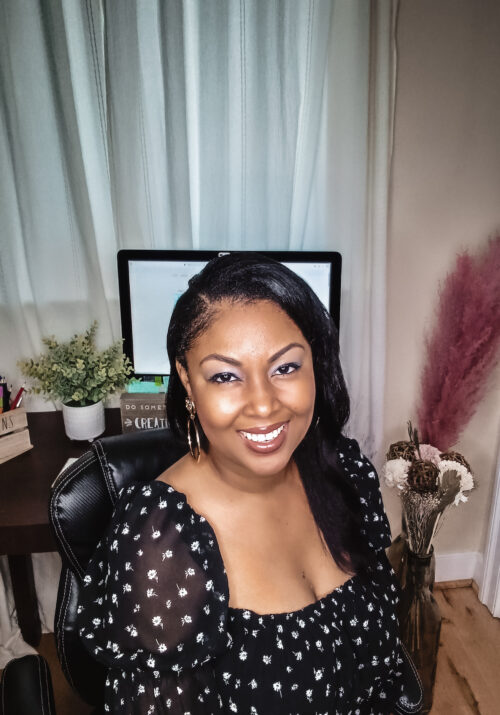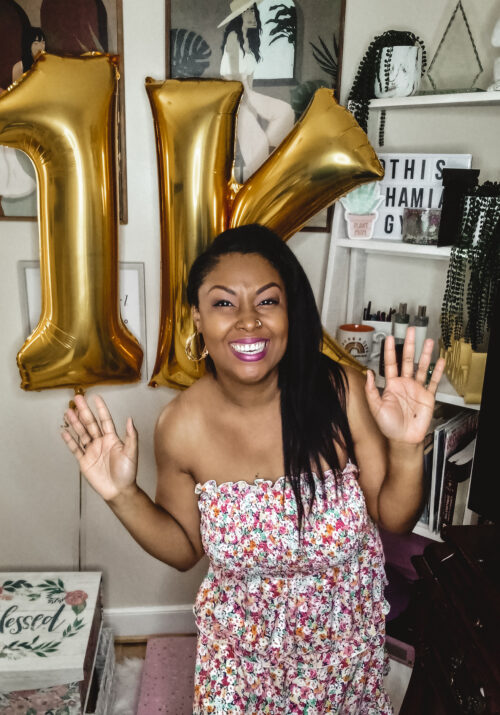If you’re a new blogger with no idea how to optimise your blog to get found on Google, I’m about to give you some SEO tips to do just that and take your blog to the next level.
When I started my blog three years ago, I had absolutely no idea what I was doing.
I knew that I loved to write and enjoyed making tasty content, but, I wasn’t taking the proper steps to get found on Google or to increase traffic to my blog.
I was just writing into the void and hoping someone, anyone, would see it.
My blog posts had structure, but not SEO structure.
I knew nothing about search engine optimisation. It was a foreign language that I could not understand and maybe on some level, did not want to understand.
Bloggers are creatives. We love to write, we love to be artsy.
We’d much prefer to be curating beautiful photos and coming up with catchy headlines to rival BuzzFeed or PopSugar. We don’t enjoy the technical, backend stuff. But, we know we have to do it.
So, I’m giving you some quick SEO tips and tricks to get your blog posts before the audience you want, and I’m going to make it as easy to understand as possible. Are you ready? Let’s go.
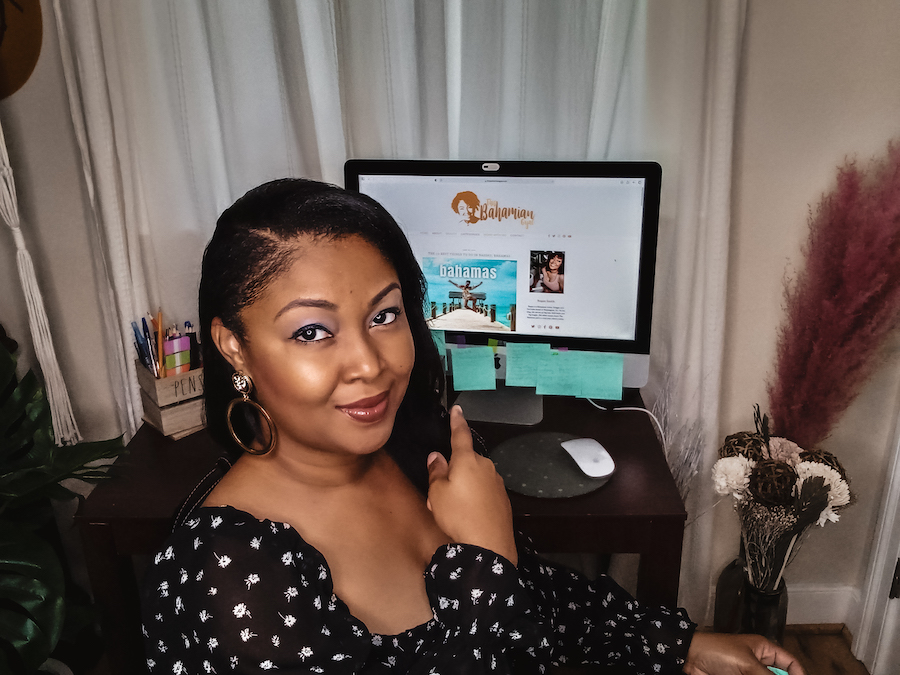
First Of All, What Is SEO?
In simple terms, search engine optimisation is the process that website and blog owners use to improve their site’s visibility online.
According to Hosting Tribunal , while there is no definitive answer, it is estimated that there are between 1.6 and 1.9 billion websites on the World Wide Web.
That’s a lot of competition, which means you, as the blogger, have to do everything right for a fighting chance for your blog to be found.
Go on Google right now. Plug the word, “news” in the search bar. Take a close look at which websites pop-up first. More than likely, Google News will be at the top followed by one of the major news networks, like Fox News, ABC or CNN.
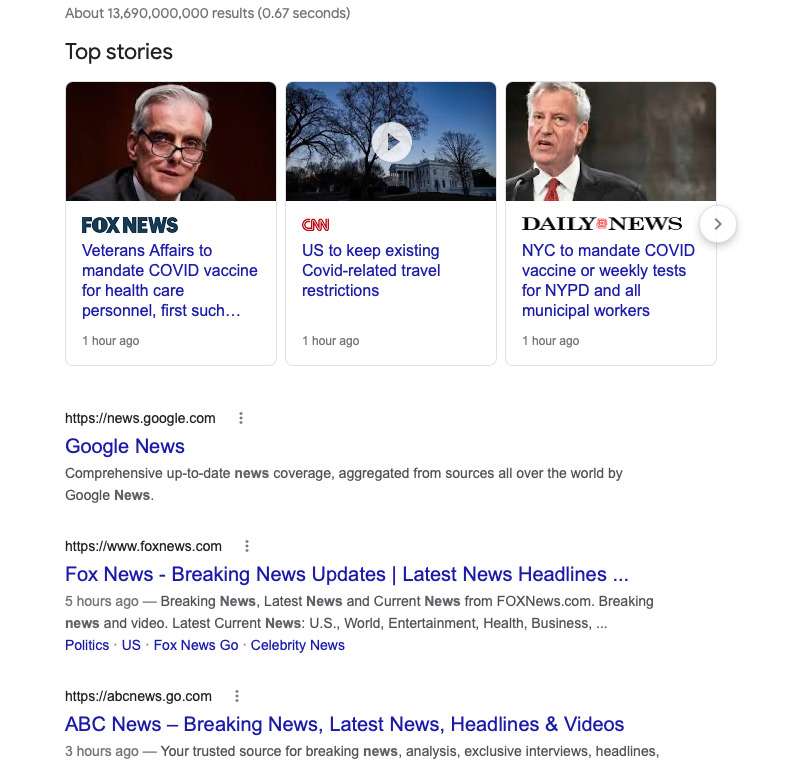
Because those sites get millions of visitors every day and are fully optimised, they will be the ones that pop-up first when you go looking for news.
But, let’s say you’re not looking for news. Instead, you’re looking for guacamole recipes. The sites that show-up on the first page of Google’s search will be the ones that are properly optimised with relevant content.
And that’s what’s most important, relevancy.
Google wants to be a valuable resource to the internet user. So, it will recommend websites and blogs that have the most relevant content.
Here’s Why SEO Is So Important For Your Blog
Have you ever been to a concert? I have. I’ve been to concerts where I could afford front row tickets and I’ve been to concerts when I could only afford the nosebleed tickets. Let me tell you, I much prefer the front row. That’s where all the action is.
It’s also where you get to be seen. And that’s the point of SEO, to have your blog seen.
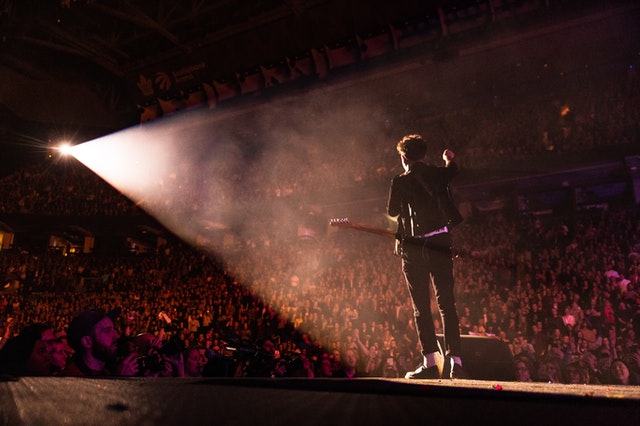
Imagine the pride you’ll feel to search for something in Google and see your blog post show up first or at the very least on the first page. That’s where you want to be. Google’s first page is the online equivalent of that concert’s front row.
The more you’re seen, the higher the chance that someone will visit your blog. And if you’ve optimised your posts properly, not only will they read your entire blog post, but they’ll start to look around your site. That’s what you want. And if you’re really good, that reader will come back again and again.
So, with that being said, here are the best SEO tips for bloggers and beginners.
1. Use Keywords On Every Blog Post
I am a firm believer that every blog post should have one keyword, and I much prefer a long-tail keyword.
Remember earlier when I told you I had no clue what I was doing when I first started blogging? Well, you’re about to get a perfect example why I said that. I would build posts around a single keyword, like the word, “blog.” (I am hiding my face as I type this).
First of all, the competition for that word is so stiff, I would never ever be seen on Google. Secondly, internet users just don’t search like that. Most people would enter a long-tail keyword, like, “how to start a blog” or “popular entertainment blogs in DC” or something to that effect.
Until your blog gets popular, you want to focus on long-tail keywords because they’re not as competitive as single keywords, but they’re very specific.
2. Make Sure Your Keyword Is In Your Title
My keyword is, “Best SEO tips for bloggers.” That’s my long-tail keyword. That is the focus of my blog post and it’s what I want to rank for. I know many bloggers, specifically, who want to learn the best SEO tips. So, I made sure that’s what’s in my title.
3. Don’t Follow The Magazines When Creating Titles
I love magazines, and I especially love the titles/headlines they come up with for their posts. For example, I once saw a post on pink eyeshadows and the title was, “Pretty In Pink.” Totally adorable.

But, if I tried to use a title like that on my blog, it would be a dud. here’s why: if someone is looking for pink eyeshadows, they are not going to search for, “pretty in pink” unless they’re looking for the 1986 film classic starring Molly Ringwald.
However, they’re more likely to search for “pink eyeshadow looks.”
So, be specific with your titles, but make them interesting and tasty enough that someone will want to click on it.
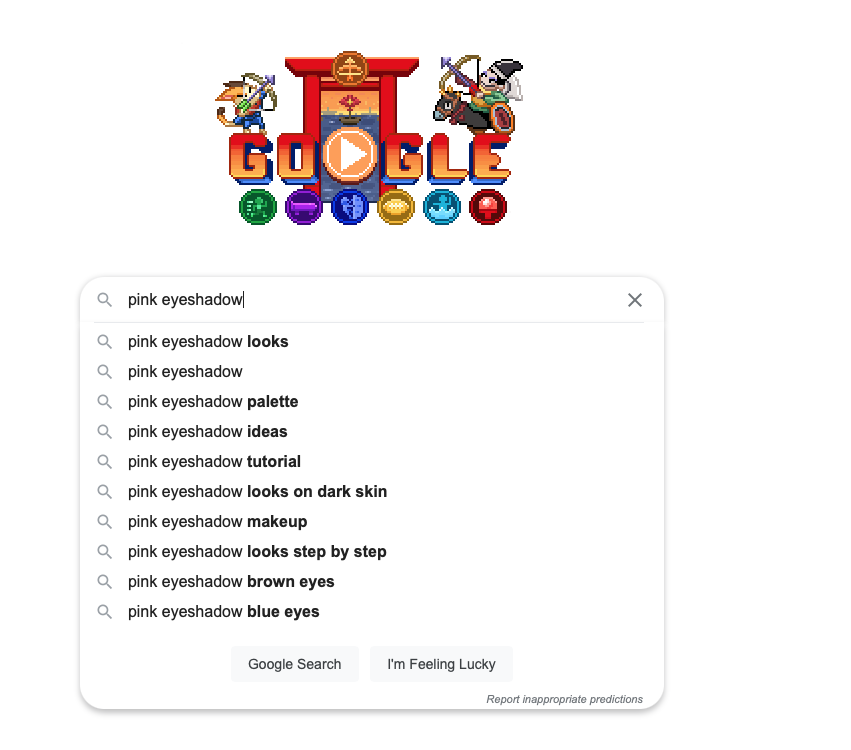
4. Make Your URL SEO Friendly
My earlier URLs – short for uniform resource locator were super long. A URL is basically a specific web address, and it’s very important. My blog’s URL is www.thisbahamiangyal.com.
But, if I wrote a a blog post on the best conch salad recipes, my url might be, www.thisbahamiangyal.com/best-conch-salad-recipes. It’s short, memorable and most importantly, it contains my long-tail keyword.
What you don’t want is: www.thisbahamiangyal.com/best-conch-salad-recipes-that-are-sure-to-get-everyone-talking. It’s too long and very unnecessary. Look at your blog posts and check your URLs. If they’re too long, adjust them.
Just know that if you have the adjusted post linked to other blog posts, you will have to adjust those as well. It’s best to keep your URL or permalink between 50 to 80 characters.
5. Download The Yoast SEO Plugin For Your WordPress Blog
For those who don’t know, Yoast SEO is the number 1 plugin for WordPress.
It functions as a guide to tell you if you’re on track to properly optimising your blog posts. It basically gives a checklist of everything your blog post needs to include to make sure it’s properly optimised.
As you correct things on the page, it gives you a green check mark.
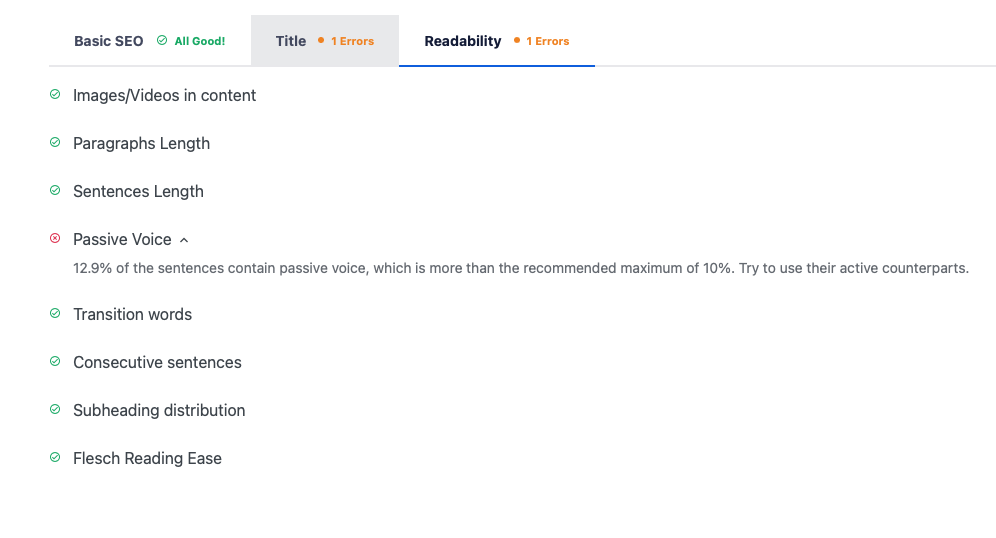
If there are errors, the writing will appear in orange. The goal is to get to “all good” with a green checkmark. But, don’t stress yourself out if everything isn’t green. Just make sure the important ones are.
6. Format Your Paragraphs To Make It Easier On The Eye
Sometimes, a blog post has to be long. But, that doesn’t mean it has to be hard to read.
It’s important to break up long blog posts by having a lot of white space. That means, no long bulky blocks of text.
Use shorter sentences and paragraphs and place some text in bold to emphasise points.
7. Use Alt Text To Make Your Blog More Accessible
Not everyone has the ability to read your blog. There are individuals who are disabled, some may be blind, but they want to know what is on a blog.
This is why it’s so important to ensure you are using alt text with every image on your site. When that individual visits your site, the alt text will describe what’s going on in the image.
I take special care to make my alt text as descriptive as possible. But, I also make sure to include my keyword in the image, too. That helps significantly with SEO, particularly when search engines crawl your blog.
Be sure to look out for part two of my Best SEO Tips for Bloggers, where I’ll delve even deeper into SEO.
Be sure to leave a comment down below and let me know what you’ve been doing to improve your blog’s SEO. Is there something you’re still confused about? Let me know.
XOXO,
This Bahamian Gyal
